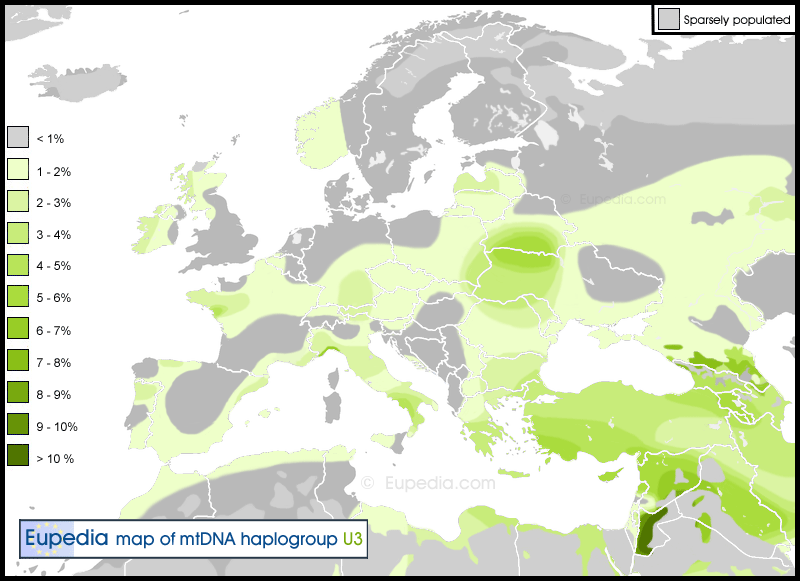indeed interesting thread,
I am turning towards that K8 could be from a Scythian, that days with Persian Wars and 1-3 satrapies in Balkans and even Makedonians to be under one day and Free the other, while some Phrygians might return to Brygia who knows what alliances and refugges could have been done,
(no need to expand to the Δαρνακοχωρια borders)
But what I observe is this in Dienekes
"Also of interest, given previous suggestions that the Iceman had more Neandertal ancestry than modern Europeans:
However, all D-tests involving another non-African population do not significantly deviate from zero, suggesting that
the Iceman genome contains levels of archaic ancestry that are comparable to that of other non-African populations."
which compining with I post few days Before
http://www.eupedia.com/forum/threads/30215-The-agricultural-booming-populations-in-Europe
I think I found 3rd clue that fits in my opignion about Balcanic-Italian (Not Iberian) E-V13 date and origin. It came after the E1b found in Konya, and was not present in Sesclo Vinca and Varna cultures,
(Personal believe, All rights reserved

)


